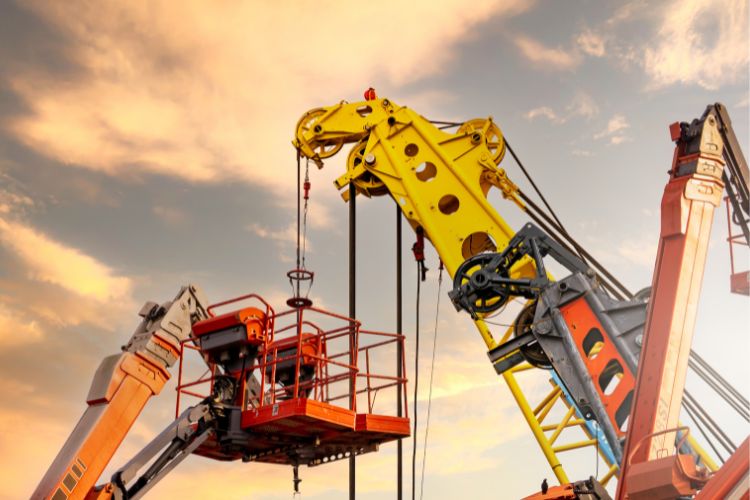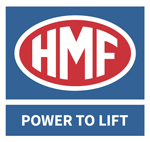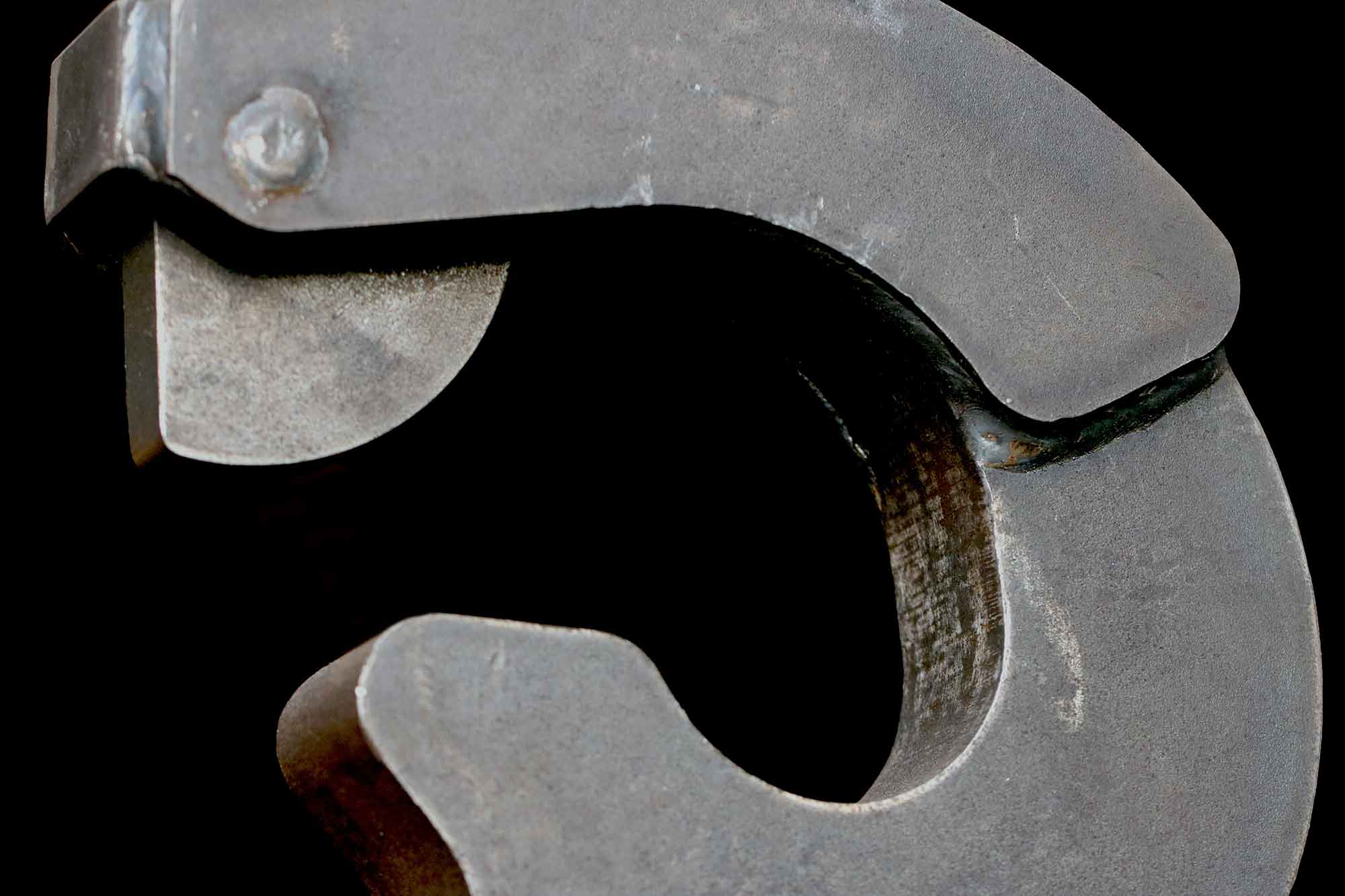Hook lift systems are a mainstay of various industries, including transportation and logistics, construction, and waste management.
As lifting equipment, hook lifts are engineered to handle heavy loads with optimal load distribution. But like all lifting devices, hook lifts require a regular maintenance and inspection schedule. This proactive approach doesn’t just prevent accidents and premature wear, but also reduces costly downtime, extends equipment lifespan and minimises unnecessary costs.
Top Causes of Premature Wear
Even when lifting loads well within the machine’s operational range, improper use or inadequate maintenance can lead to premature wear and even failure.

Here are some of the most common causes of premature wear:
- Improper operation techniques: By overextending or pushing a hook lift beyond what it is designed to do, components can quickly wear out.
- Overloading beyond rated capacity: Operating a hook lift beyond its normal tolerance can lead to failure sooner rather than later as the load strains each component.
- Environmental factors (corrosion, extreme temperatures): Extreme environmental factors can cause accelerated damage to metal components, causing premature rust, wear, or corrosion.
- Hydraulic system issues (pressure problems, fluid contamination): Hydraulic systems are vital to the operation of the hook lift, and while they are designed to be well-protected, damage to them can cause the whole system to fail.
- Poor maintenance practices: Without proper and routine maintenance, including oiling and greasing, cleaning, and replacing minor components for efficiency and safety, the machine will experience an operating failure far sooner than if professional maintenance were conducted.
- Low-quality replacement parts: Not all replacement parts are created equal, and when possible, you should always opt for OEM (Original Equipment Manufacturer) parts to ensure compatibility and reliability.
Understanding Hook Lift Systems
The hook lift system is made up of several key components and understanding how they work together is crucial for maintaining efficiency.
Hook lift systems contain hydraulic cylinders, arms, hooks and fasteners. Having a better understanding of how these parts work together should be a top priority for operators, both in terms of realising the proper specifications, but also in how the consistent load of heavy objects can impact the wear and tear of components.
While normal wear and tear should be expected during regular use, premature wear can be avoided. Following the instructions in the owner’s manual, providing regular service according to the manufacturer’s specifications, and ensuring proper use of the equipment are all crucial steps in extending its lifespan.
Identifying Early Warning Signs
During operation, it is important to be aware of the visual and audible indicators of wear. Recognising these early can help pre-empt hazards and avoid safety issues from occurring.
Look for:
- Unusual noises or vibrations
- Taking longer to load or unload
- Visible signs of corrosion or rust
- Signs of damage or misshaping
- Delayed response during operation
If you notice any of these signs, it’s advised to get it serviced before the risk of damage causes not only costly repairs, but also a danger to operators and other workers nearby.
Preventative Maintenance Best Practices
The best maintenance is preventative maintenance, ensuring that a range of issues are averted before they can ever become problems. This can be achieved by creating company inspection schedules and checklists, making sure that hook lifts (and other equipment) are maintained on a regular basis.
The most important aspects of hook lift maintenance are lubrication protocols, hydraulic system maintenance, and thorough operator training.
First, properly lubricating moving parts prevents friction damage, which can eventually compromise the integrity of the machine.
Hydraulics give the hook lift system its lifting capacity, and so keeping these components in top condition is key. Maintain fluid cleanliness, check for leaks and ensure proper pressure levels.
Finally, educating your workers and operators about proper maintenance, as well as the early warning signs of damage and misalignment, can go a very long way in keeping your hook lift equipment working well into its expected lifespan and beyond.
When to Replace vs. Repair Components
The replacement vs. repair debate can be a tricky one to navigate and requires a cost-benefit analysis that goes beyond simply the financials.
While a long-term investment perspective is important, it is also important to consider critical safety considerations.
These priorities must be managed and balanced in order to run a successful business. Even though replacement can be expensive in some cases, the cost is minor compared to the consequences of catastrophic equipment failure.
At the same time, business expenses are finite, and so investing earlier before proper damage to equipment can occur incurs a much-reduced cost to your operation. Hook lifts are essential pieces of equipment and cannot often be quickly replaced, so staying on top of maintenance by remaining vigilant and opting for regular inspection and service is your best bet for avoiding replacement and preventing injury.

Maintain Your Fleet the West-Trans Way
To keep your operations running smoothly, the single best thing you can do is make sure your hook lift cranes are properly maintained and working within their manufacturer’s parameters. Hook lifts are vital pieces of equipment on the job site, but without regular, scheduled maintenance and care, their operational life can sharply decrease.
While there is much you maintain by yourself and with your team, it is always recommended to get a professional assessment of your working hook lifts. West-Trans Australia specialises in the market-leading sale and maintenance of hook lifts designed and built for Australian conditions.
Get in touch with our expert and informative team today for more information about how you can get the best out of your hook lift fleet through partnering with Australia’s maintenance specialists.
Frequently Asked Questions
What are the defects of hook lift hooks?
There are several defects that can affect hook lift hooks, including cracks and fractures, deformation and bending, wear and corrosion, a damaged, broken or worn latch, and flaws in the metal from casting.


